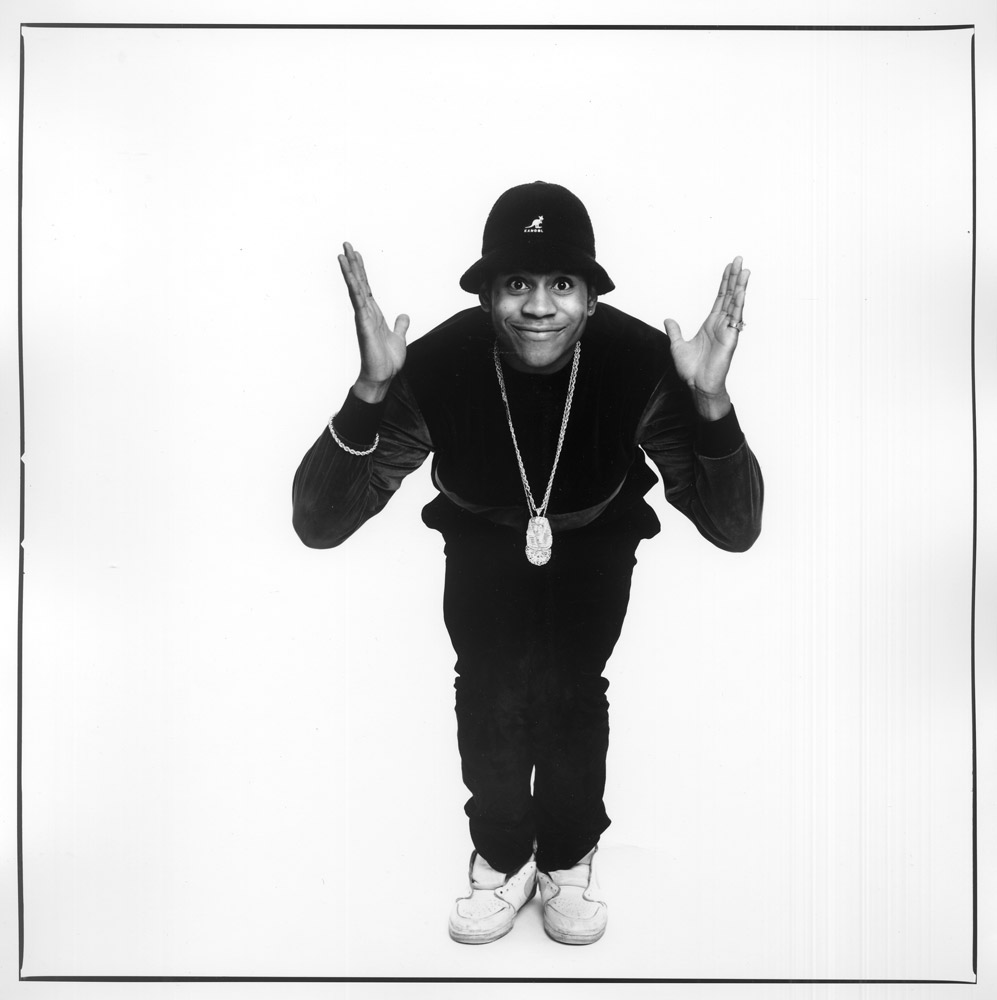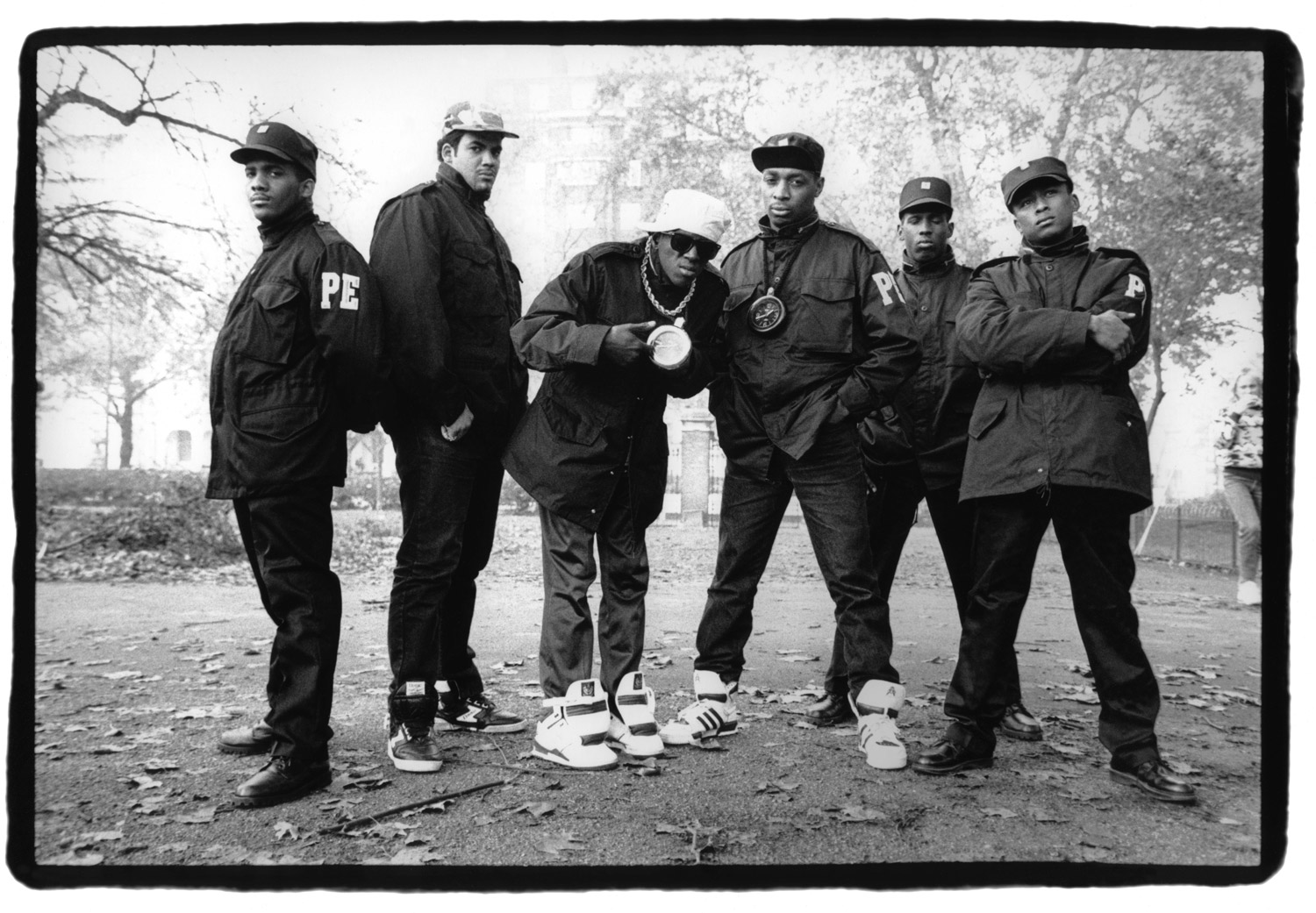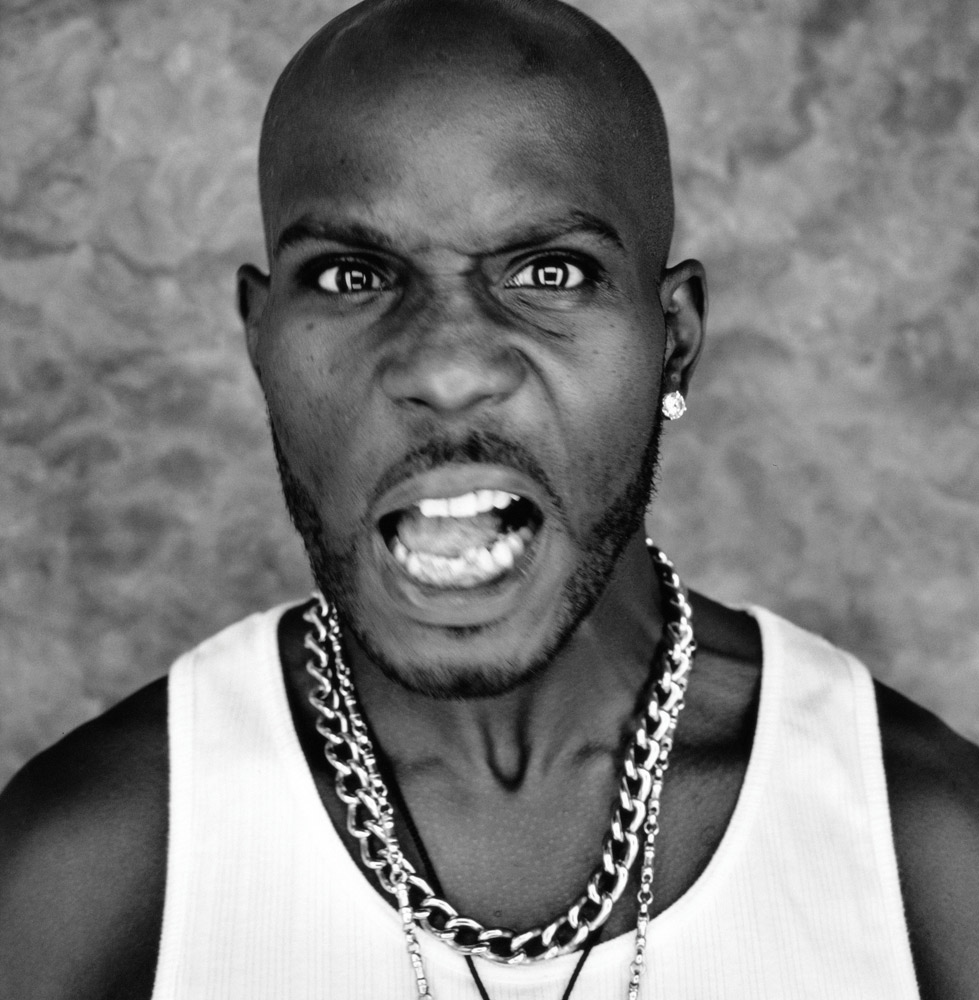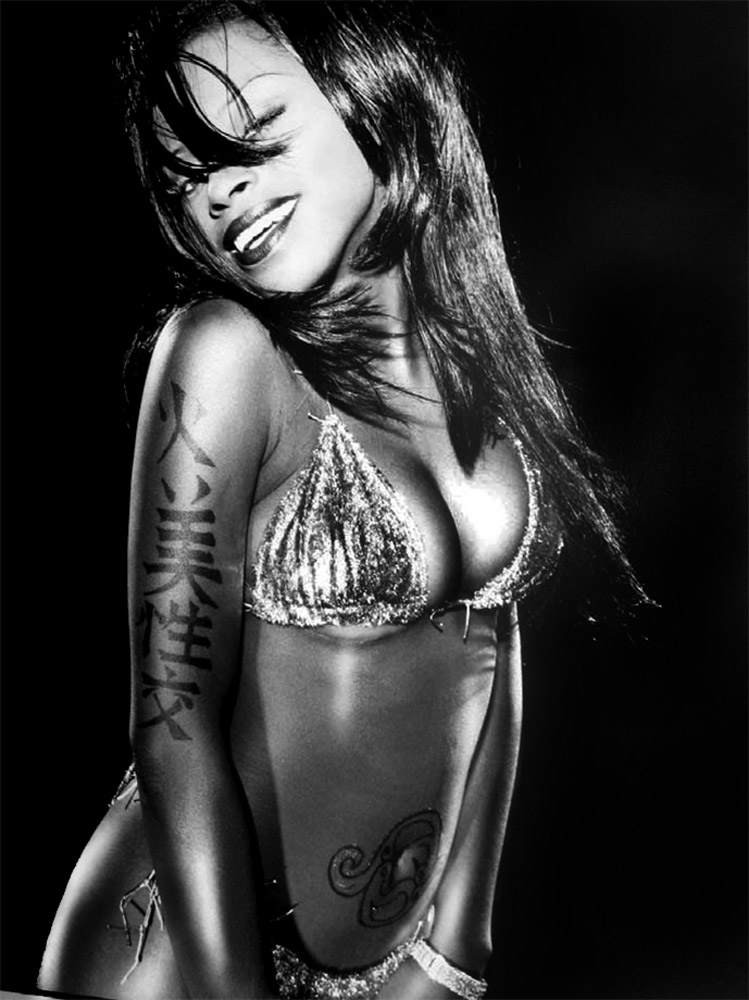
What are the names that pop to mind when you think of ’80s rap? The Beastie Boys, Public Enemy, LL Cool J—all essential hip-hop artists, all signed to Def Jam Records. If you know just one thing about the history of Def Jam, it’s probably the story of its birth: created in an NYU dorm room by Rick Rubin, a young, white musical wunderkind. The first EP with the Def Jam logo was for a band called Hose, a punk-“artcore” outfit in which Rubin played guitar. Several years later, at a party in downtown New York, Rubin crossed paths with Russell Simmons—an artist manager (and older brother of the Run in Run-D.M.C.) who had helped Kurtis Blow land his first record deal—and Def Jam Records as we know it today was born.
Half oral history, half photo portfolio, the coffee-table book Def Jam Recordings: The First 25 Years of the Last Great Record Label (October, Rizzoli) sketches out the tales of a record label that became one of the greatest forces in American pop culture. That is not an exaggeration. Def Jam spread hip hop music far beyond its black New York roots, pushing it deep into the bedrooms of white suburbia—the one place any music needed to grow a fan base were it to become a late-20th century phenomenon. That it did. Former New York Times music critic Kalefa Sanneh, who writes the introduction for this book puts it simply: hip-hop went from being underground to being “the country’s definitive youth culture.”
That arc is made clear through the testimony of those who experienced the rise of Def Jam as well as photos of them. Near the front of the book is a picture of a young, shaggy Rubin in a powder blue puffy coat, wearing sunglasses, holding a drink from Blimpie’s sandwich shop, and a gun (Is it real? Is it fake? Hard to tell). In the back is a shot of Rubin (with his unforgettable Moses beard) and Simmons, tuxedoed out at this year’s Vanity Fair Oscar Party.
In between is a visual feast for anyone who’s listened to popular music in the past three decades: early shots of Public Enemy, which remind us how groundbreaking they were and how Flavor Flav was once someone who didn’t look like a clown all the time; LL Cool J in the Ivory Coast, wearing a tank top, gold dollar-bill rings, and a tribal robe; the pirate-patched Slick Rick in a tender shot with his mother/manager; Redman covered in mud smoking a cigar; enough busty photos of Foxy Brown to make you look around and confirm that no one is watching; and enough Jay-Z, Kanye and Rihanna shots to keep the younglings pleased. “Who would have thought, back in the ’80s, that we’d ever see a coffee-table book about rap,” writes former Def Jam chairman Lyor Cohen. Well, here it is, with enough boomboxes, gold chains and Kangol hats to please newbies and devotees alike.












More Must-Reads from TIME
- Cybersecurity Experts Are Sounding the Alarm on DOGE
- Meet the 2025 Women of the Year
- The Harsh Truth About Disability Inclusion
- Why Do More Young Adults Have Cancer?
- Colman Domingo Leads With Radical Love
- How to Get Better at Doing Things Alone
- Michelle Zauner Stares Down the Darkness
Contact us at letters@time.com